Produttore di soluzioni personalizzate di hardware di precisione
This article provides an in-depth exploration of What is precision sheet metal fabrication, covering fundamental knowledge and practical skills. Even if you are a beginner, you will find this guide easy to understand. It is designed for sheet metal workers, production-line operators, and technicians of all skill levels. Additionally, DIY enthusiasts can use it as a valuable reference.
In this guide, you will learn:
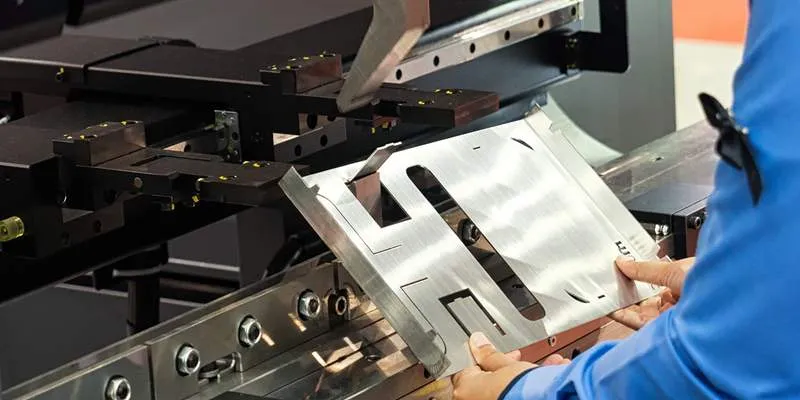
Contents
Precision sheet metal fabrication is a highly specialized manufacturing process used to produce intricate and accurate metal components. It involves stamping, cutting, forming, and welding metal sheets into finished parts or components used in the assembly of various products, structures, or equipment.
This process is an invaluable metalworking technique, allowing manufacturers to shape flat sheets of carbon steel, stainless steel, aluminum, and other alloys into nearly any form with extreme precision. It requires the use of various advanced technologies and machinery to transform raw metal sheets into final products that meet stringent tolerances and design specifications.
Look around—whether it’s a doctor’s office, an office building, a home or commercial kitchen, an automobile, truck, or bus—precision sheet metal fabrication plays a crucial role. From home appliances, electronics, and medical devices to components in the production of trains, aircraft, vehicles, buses, and even buildings, this manufacturing process is widely applied across industries. The list is virtually endless.
Simply put, precision sheet metal fabrication reshapes, removes, or assembles materials using one or more manufacturing processes to create complex and highly accurate metal parts or assemblies that meet stringent tolerance requirements.
Sheet metal fabrication involves cold and hot forming, assembling, and joining metal plates, profiles, and tubes through welding, riveting, bolting, and other connection methods to manufacture metal components. This process is used to produce everything from small parts for agricultural machinery to large structural steel beams used in construction.
Precision sheet metal fabrication is integral to various industries, including:
These industries are thriving globally, and precision sheet metal fabrication remains a cornerstone of their manufacturing processes.
According to commerce: sheet metal parts account for more than 90% of all metal products on the market.
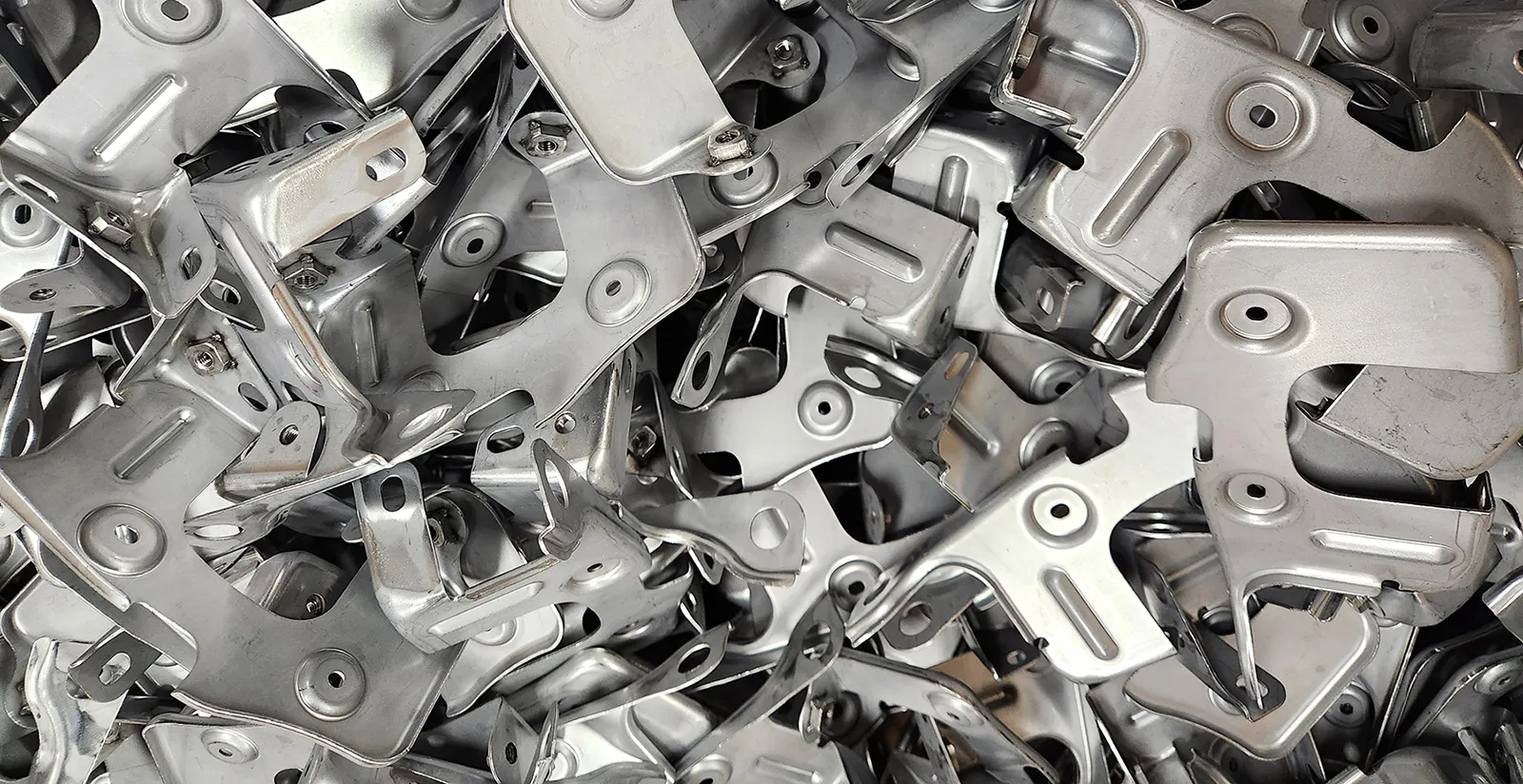
Sheet metal processing primarily utilizes stamping technology, where stamping equipment applies pressure to metal sheets, causing plastic deformation under the influence of a mold to obtain parts of specific shapes and dimensions. This processing method has the following characteristics:
Additionally, sheet metal components are often assembled using welding processes, which utilize heat, pressure, or a combination of both to achieve permanent material bonding. As a result, sheet metal processing also exhibits the following characteristics:
Cold sheet metal processing revolves around cutting, forming, and joining sheet, profile, and tube materials, forming a unique production workflow and operational standards.
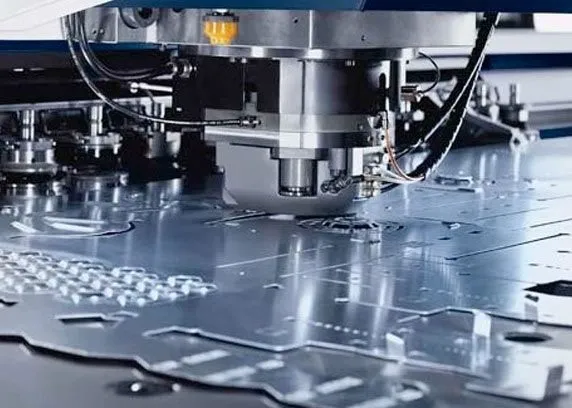
Sheet metal processing is a precision manufacturing technique involving multiple critical steps to ensure the quality, accuracy, and functionality of the components. The key processes include:
Drawings are the foundation of processing. Accurately interpreting blueprints ensures a clear understanding of component structures, shapes, dimensions, and technical requirements. These drawings serve as the basis for production and inspection, making them essential technical documents.
Based on the part drawings, suitable manufacturing techniques are selected considering material properties, component shapes, and dimensional requirements. Necessary processing allowances are determined, such as the neutral layer bending radius for bent components. Subsequently, a 1:1 scale development drawing (layout drawing) is created through calculations or experiments to establish reference lines or inspection templates. This is the first step in sheet metal processing and a crucial part of process planning.
The process plan serves as the technical guideline for sheet metal component production, defining the manufacturing workflow and operational methods. While typically prepared by engineering technicians, experienced sheet metal specialists or senior craftsmen may also be involved, depending on the complexity of the component.
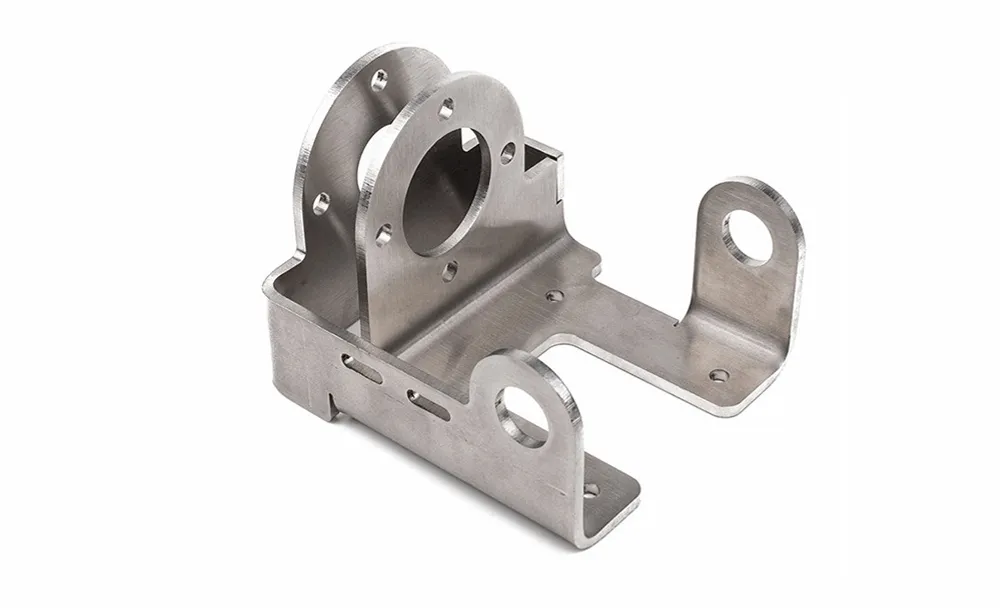
These processes involve cutting sheet metal according to design specifications, including:
These processes modify the shape of sheet metal to meet design needs, including:
To enhance corrosion resistance, wear resistance, and aesthetics, processed components often undergo surface treatments such as electroplating or painting. Additionally, strict inspection procedures are implemented to ensure quality:
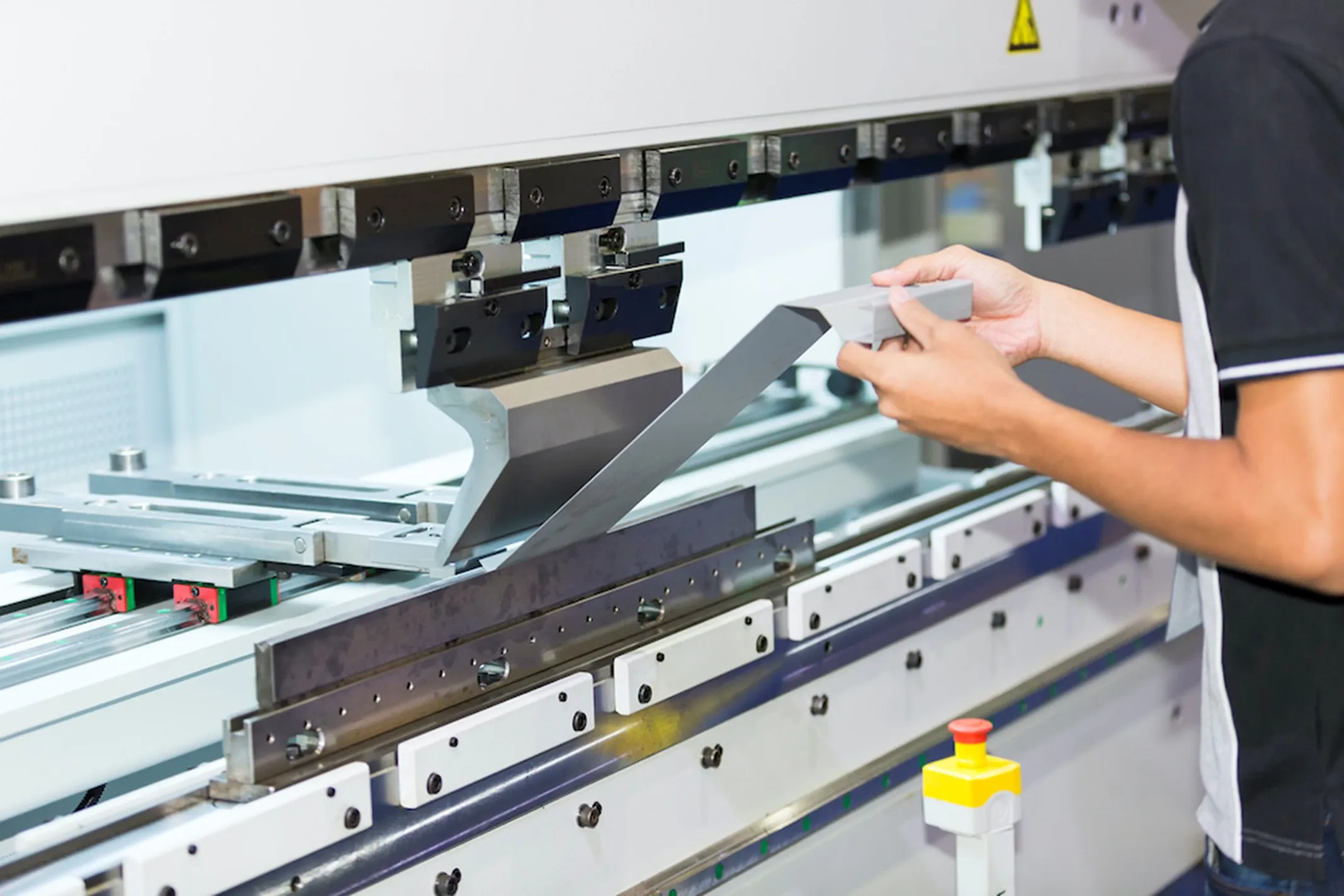
Precision sheet metal processing is widely used for manufacturing high-precision components and products. It incorporates various shaping, subtractive, and assembly technologies. The primary techniques include:
Forming relies on the plastic deformation of materials to shape them without altering their structure or volume. Common methods include:
Subtractive techniques remove excess material to create precise components, often using CNC (Computer Numerical Control) equipment. Key methods include:
Assembly techniques integrate multiple components into finished products. Common methods include:
Surface treatments enhance appearance, durability, and corrosion resistance. Common techniques include:
The final stage of precision sheet metal processing involves assembling and integrating components, including:
By integrating these advanced techniques, precision sheet metal processing ensures the production of high-quality, durable, and functionally optimized components across various industries.
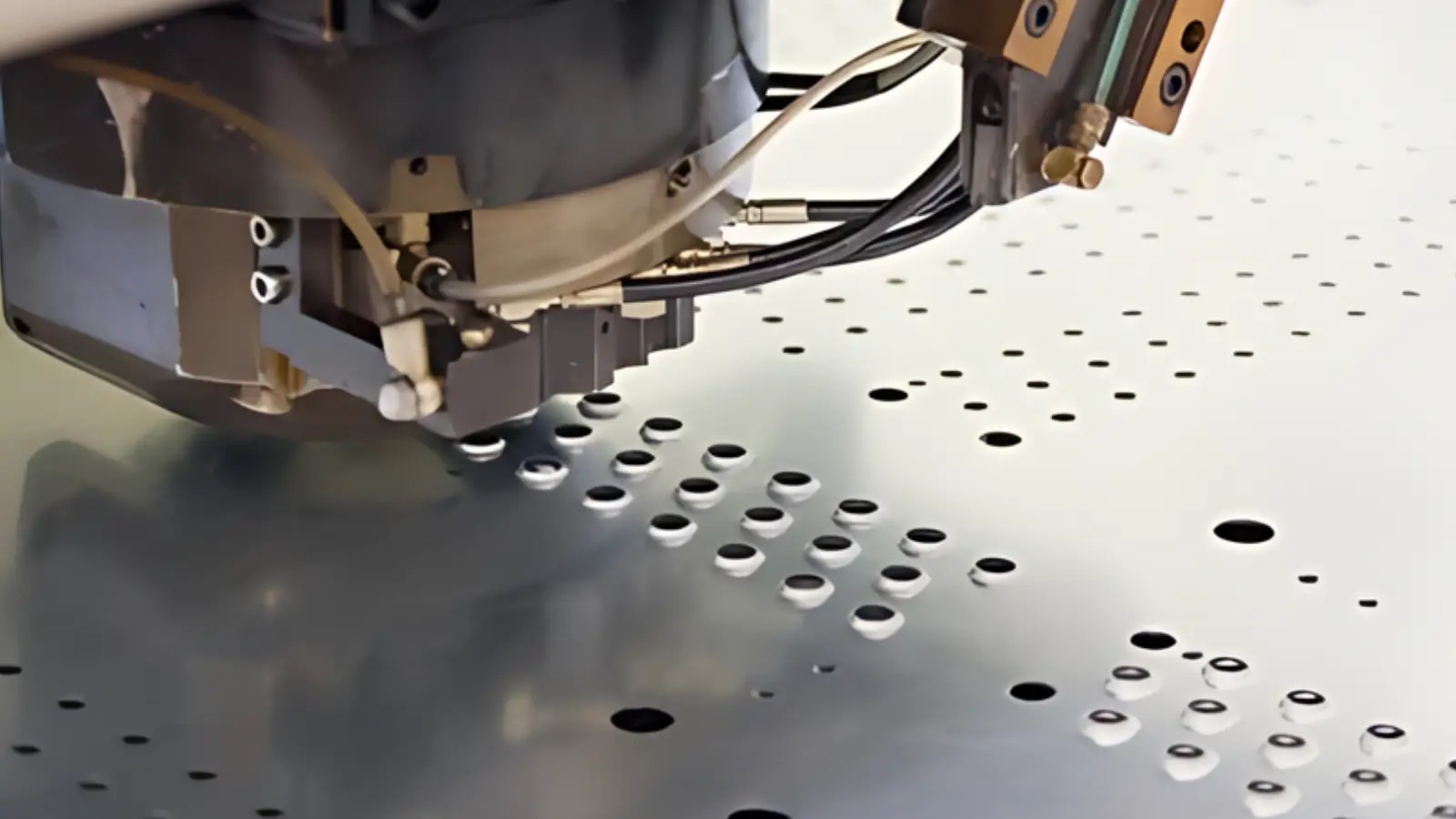
In precision sheet metal fabrication, all components are manufactured according to strict design specifications to ensure overall system compatibility. If component accuracy is insufficient, system malfunctions may occur. Precision sheet metal fabrication employs high-precision machining processes to guarantee that all parts match perfectly in terms of size, shape, and functionality, thereby enhancing overall product performance and stability.
Parts that are precisely designed and accurately measured contribute to safer and more reliable manufacturing and assembly processes. Precision sheet metal fabrication adheres to stringent industry standards, minimizing human errors, improving safety during production, and ensuring the consistency and quality of the final product.
In industrial production and equipment maintenance, the ability to manufacture replacement parts quickly, safely, and accurately is crucial. Precision sheet metal fabrication focuses on detail, ensuring seamless system operation while minimizing downtime, allowing businesses to maintain high production efficiency and delivery schedules.
This process achieves extremely tight tolerances in the production of complex metal components—up to ±0.002 inches—ensuring superior dimensional accuracy and consistency in the final product.
Precision sheet metal fabrication supports personalized customization, allowing the production of unique parts and components tailored to specific customer requirements, including size, shape, and functionality. This flexibility makes it suitable for applications ranging from small-batch prototyping to large-scale mass production.
This process accommodates a wide range of materials, including stainless steel, aluminum, brass, copper, and various high-performance alloys. It enables the production of components with specific mechanical properties, corrosion resistance, and surface finishes to meet the demands of different industries.
Compared to traditional manufacturing methods, precision sheet metal fabrication minimizes material waste and optimizes raw material utilization. It demonstrates significant cost advantages in medium- to large-scale production. By precisely controlling the production process, maximum efficiency is achieved, ultimately reducing manufacturing costs.
By utilizing advanced automation equipment and optimized production workflows, precision sheet metal fabrication enables fast order fulfillment, meeting tight production deadlines and swiftly responding to market fluctuations.
Through bending, forming, cutting, welding, and other techniques, this manufacturing method can produce components with curves, angles, and intricate features, catering to high-end manufacturing demands.
By using high-quality materials and precision fabrication techniques, the final product achieves exceptional strength and durability, ensuring stable performance even in demanding environments.
Advanced automation equipment ensures high consistency in the manufacturing process, guaranteeing that each component in large-scale production meets the same quality standards. This is particularly beneficial for industries requiring a high volume of identical parts.
Precision sheet metal fabrication is well-suited for rapid prototyping, enabling businesses to complete product testing and validation in a short time. This accelerates new product development, reduces R&D costs, and shortens time-to-market.

Precision sheet metal fabrication often requires skilled labor and meticulous craftsmanship, leading to higher labor costs. The complexity of the process also results in increased labor intensity compared to other manufacturing methods.
Unlike other metal forming techniques, precision sheet metal fabrication is not ideal for deep-drawn shapes. The process is more effective for parts with relatively simple bends and cuts rather than deep or highly contoured geometries.
Due to the need for detailed design, precise machining, and quality control, the production cycle for precision sheet metal components tends to be longer compared to standard metal fabrication methods.
The precision required in this process means that production speed is often slower. The time needed for setup, measurement, and quality assurance can extend lead times, especially in custom or low-volume production.
Precision sheet metal fabrication generally involves higher material costs due to the need for superior-quality raw materials and tighter tolerances. Additionally, while the process aims to optimize material usage, certain designs and cutting techniques may lead to increased material waste.
Precision sheet metal fabrication requires meticulous planning and attention to detail. Understanding design principles such as bending techniques, critical dimensions, and the K-factor is essential. Factors like bend radius, direction, and flange length must also be carefully considered.
This highlights the crucial role of engineering design in the sheet metal fabrication process. Effective collaboration between engineers and manufacturers is key to project success, ensuring precise requirements are met while minimizing waste, saving time, and reducing overall costs.
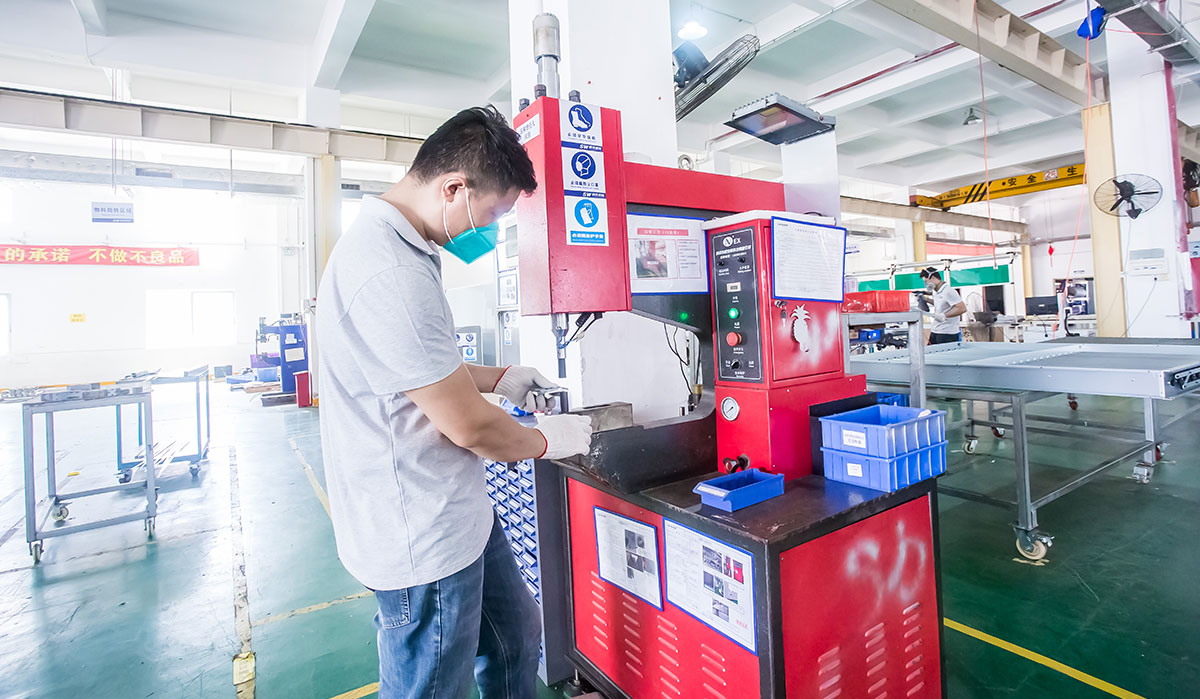
The manufacturing steps in precision sheet metal fabrication involve producing high-precision metal components, particularly for vehicles. This process starts with design, followed by cutting, forming, joining, finishing, quality control, and final assembly.
The process begins with creating detailed technical drawings and blueprints using Computer-Aided Design (CAD) software. Engineers and designers consider factors such as:
✔ Desired shape and dimensions
✔ Material selection
✔ Structural integrity
✔ Safety standards
✔ Manufacturing feasibility
A well-planned design ensures that the final product meets functional and aesthetic requirements while optimizing manufacturability.
Metal sheets are cut into the required shapes and sizes using advanced cutting technologies, including:
These methods ensure accuracy while minimizing material waste.
Forming involves shaping the metal sheets into desired geometries using techniques such as:
These processes are crucial for achieving the required dimensional accuracy and structural integrity.
Different metal pieces are assembled and bonded using techniques such as:
The choice of joining method depends on material type, strength requirements, and design constraints.
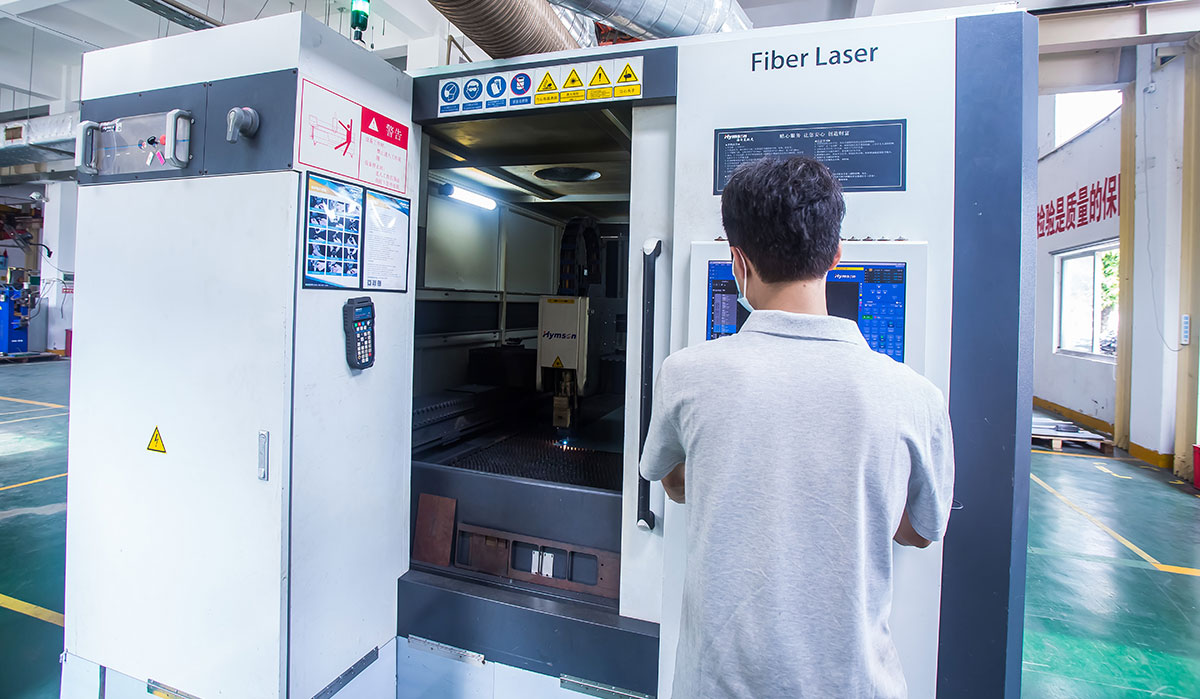
Finished metal components undergo surface treatment to improve durability, corrosion resistance, and aesthetics. Common finishing techniques include:
✔ Painting – Provides a protective and decorative coating
✔ Rivestimento in polvere – Offers a durable, high-quality finish
✔ Anodizzazione – Enhances corrosion resistance, especially for aluminum
These treatments help extend the lifespan of metal components by protecting them from wear and environmental damage.
Throughout the manufacturing process, quality control and inspection are critical to ensuring precision and compliance with specifications. This includes:
Strict quality control helps maintain high manufacturing standards and reduces errors in final assembly.
The final metal components are packaged and integrated into the complete vehicle. This stage involves assembling the newly fabricated sheet metal parts with other vehicle components such as:
✔ Engine
✔ Transmission
✔ Braking system
This comprehensive manufacturing process ensures that precision sheet metal parts used in the automotive industry meet the highest standards of quality, durability, and visual appeal.
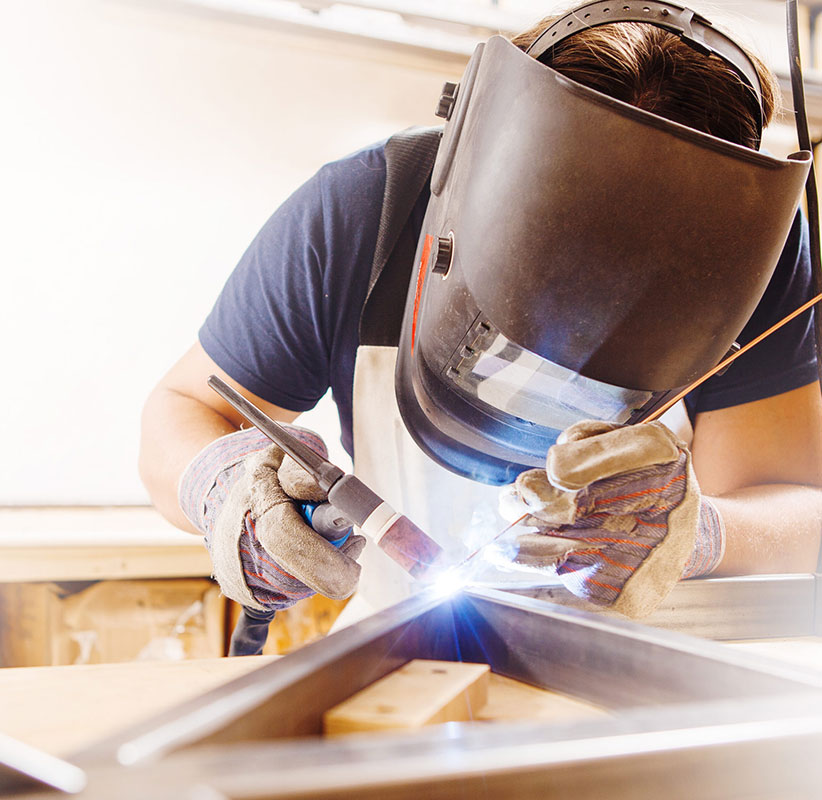
Precision sheet metal fabrication involves various tools and fixtures, which can be categorized based on their functions:

Different types of precision sheet metal enclosures require specific materials, each with varying levels of wear resistance and corrosion resistance. Proper material selection is crucial for ensuring the durability and functionality of fabricated components.
Commonly used sheet metal materials for stamping include:

Quality control is a critical aspect of precision sheet metal fabrication, ensuring that components meet specified requirements and adhere to industry standards. A systematic approach is used to inspect, test, and verify the quality and accuracy of manufactured parts.
The importance of quality control cannot be overstated, as it helps:
✔ Identify and correct defects early in the process.
✔ Reduce rework and minimize material waste.
✔ Ensure components meet functional, safety, and performance standards.
To maintain quality, manufacturers implement various inspection procedures and certifications, including:
ISO 9001 certification demonstrates a company’s commitment to quality management and industry best practices. Partnering with a certified precision sheet metal manufacturer ensures the highest standards of fabrication, delivering consistent and reliable results.

As a precision sheet metal fabrication manufacturer, Shengwo offers both metal stamping and precision sheet metal fabrication services. No matter the project requirements, we have the expertise to handle it.
If you have a new product that has yet to gain market acceptance, we can manufacture the necessary parts for you. Our rapid prototyping process allows us to produce samples in as little as 1-2 days, with no need for large upfront investments.
On the other hand, if your product is already market-proven and requires additional parts, our in-house tooling and die production capabilities enable us to manufacture them quickly and at a lower unit cost. In this case, any initial costs will eventually be offset, maximizing your profitability.
We invite you to visit our facility, where we can conduct a cost-benefit analysis to determine the most efficient process to meet your needs.
Related post: Top 20 Best Precision Sheet Metal Fabrication Manufacturers
If so, don’t hesitate to reach out to us right away!
We hope you now have a better understanding of precision sheet metal fabrication. However, if you still have any questions, feel free to contattateci anytime.
Transforming raw materials into finished products is an art, and we would love to discuss your project in more detail.
📞 Contattateci today!